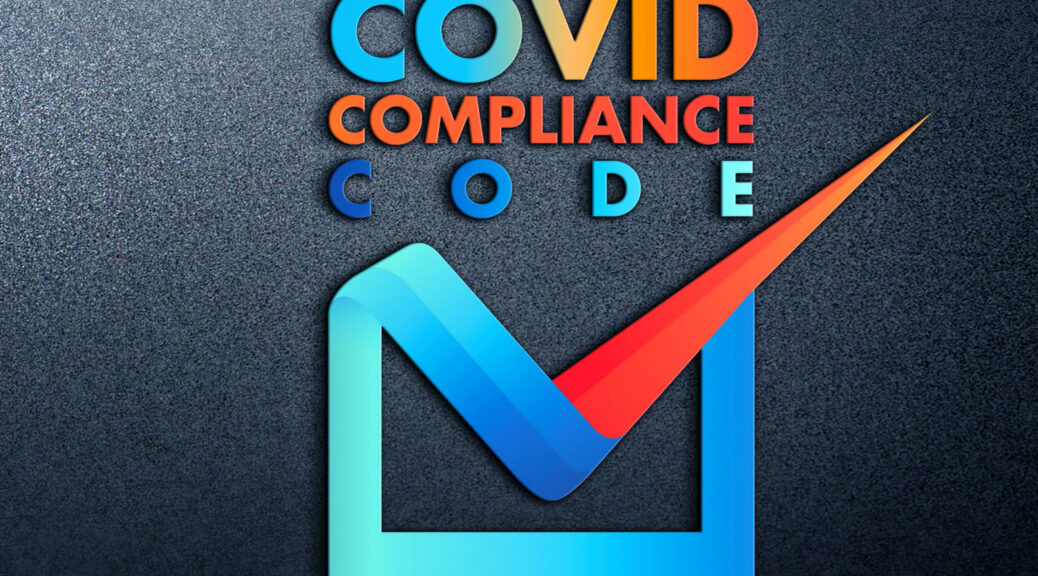There’s a funny thing on the internet that lets people in public service jobs know how to deal with those who are disabled – those poor disabled people who have no ability to use Braille or sign language in this case!
What to Do when You Meet a Sighted Person
“Sighted people tend to be very proud and will not ask directly for assistance. Be gentle, yet firm.”
“Calmly alert the sighted person to his or her surroundings by speaking slowly, in a normal tone of voice. There is no need to raise your voice when addressing a sighted person.”
OK; jokes aside. We are in a service business, and we get a lot of practice dealing with people who can walk strait to the proper line without assistance, but we don’t get a lot of practice dealing with people who need different kinds of assistance.
Does that blind person get a benefit from using Closed Caption equipment? Uhm…probably not. Audio Description equipment? Yes! Probably, yes. Should you ask? Good idea.
There are a couple good reasons to ask. One, it helps with the first basic communication point: everyone gets to know that they are being paid attention to. Two, people jump to the wrong conclusion sometimes. I may think that you are looking at your ticket to find the auditorium number, but you are looking to see if you have the right date.
When someone needs to use the Accessibility Equipment, they may think that
- you are an expert and that
- the equipment has been tested recently and that
- the batteries are fully charged and that
- the projectionist has made the playlist perfectly, including the captions and narration tracks and that
- the accessibility hardware in the projection booth is turned on and tested
And, of course you are an expert…or want to be…but no matter how hard you study the equipment you don’t seem to get enough practice. And you are never around on SlowTuesday when the practice sessions are.
<Work in Progress – tell us your stories until we get this done…>
Tips for Working with People (clients and workmates) with Specific Needs
Follow the tips below when working with people with specific needs:
- Use common sense. Remember a client or workmate is a person first, the specific need comes second.
- Avoid being patronizing. Show the person the same courtesy and respect you expect to receive from others.
- Be considerate and patient. Try to anticipate what the person’s needs might be, without being too presumptive or obsequious. Offer assistance if needed without forcing yourself on them.
- Be patient if he or she needs more time to communicate or accomplish a task.
- Communicate with the person. Some people with specific needs may have an assistant or companion with them. Look at and speak directly to the person, rather than the assistant.
- Make certain that your posted signs help the person with specific needs to find the most accessible way to get to the room where they can get the service they require.
Working with People with Limited Mobility
When working with people with mobility issues:
- Do not push or touch a person’s wheelchair without his or her consent. People using adaptive equipment often consider the equipment as part of their personal space.
- Ask before helping. Grabbing a person’s elbow may throw the person off balance. A person with mobility impairments might lean on a door while opening it. Quickly opening the door may cause the person to fall.
- Secure mats, rugs, and cords to the floor or move them out of the way. This will help prevent tripping.
- Keep floors dry.
- Keep ramps and wheelchair accessible doors unlocked and free of clutter.
Working with People with Speech or Hearing Impairments
When working with people with speech difficulties or who are deaf or hard of hearing:
- Allow a person who cannot speak to write his or her request. Read the statement or request out loud.
- Follow the person’s cues. This will help to determine whether speaking, gestures, or writing is the most effective method of communication.
- If speaking, speak calmly, slowly, and directly to the person. Do not shout. Your facial expressions, gestures, and body movements help in understanding. Face the person at all times.
- Rephrase, rather than repeat, sentences that the person does not understand.
Working with People Who are Blind or Visually Impaired
When working with people with speech difficulties or who are blind or partially sighted:
- Identify yourself as a cinema employee. Do this as soon as you come in contact with the patron. Offer your arm, rather than taking the person’s arm when assisting. Help the person avoid obstacles in the path of travel by being specific when giving verbal directions.
- If the person has a service animal, walk on the opposite side of the person, away from the service animal . Do not pet or interact with the service animal without the owner’s permission.
- Describe what you are doing as you are doing it. If walking away from a person who is blind or partially sighted, let him or her know. This prevents the situation where they continue talking to no one.
